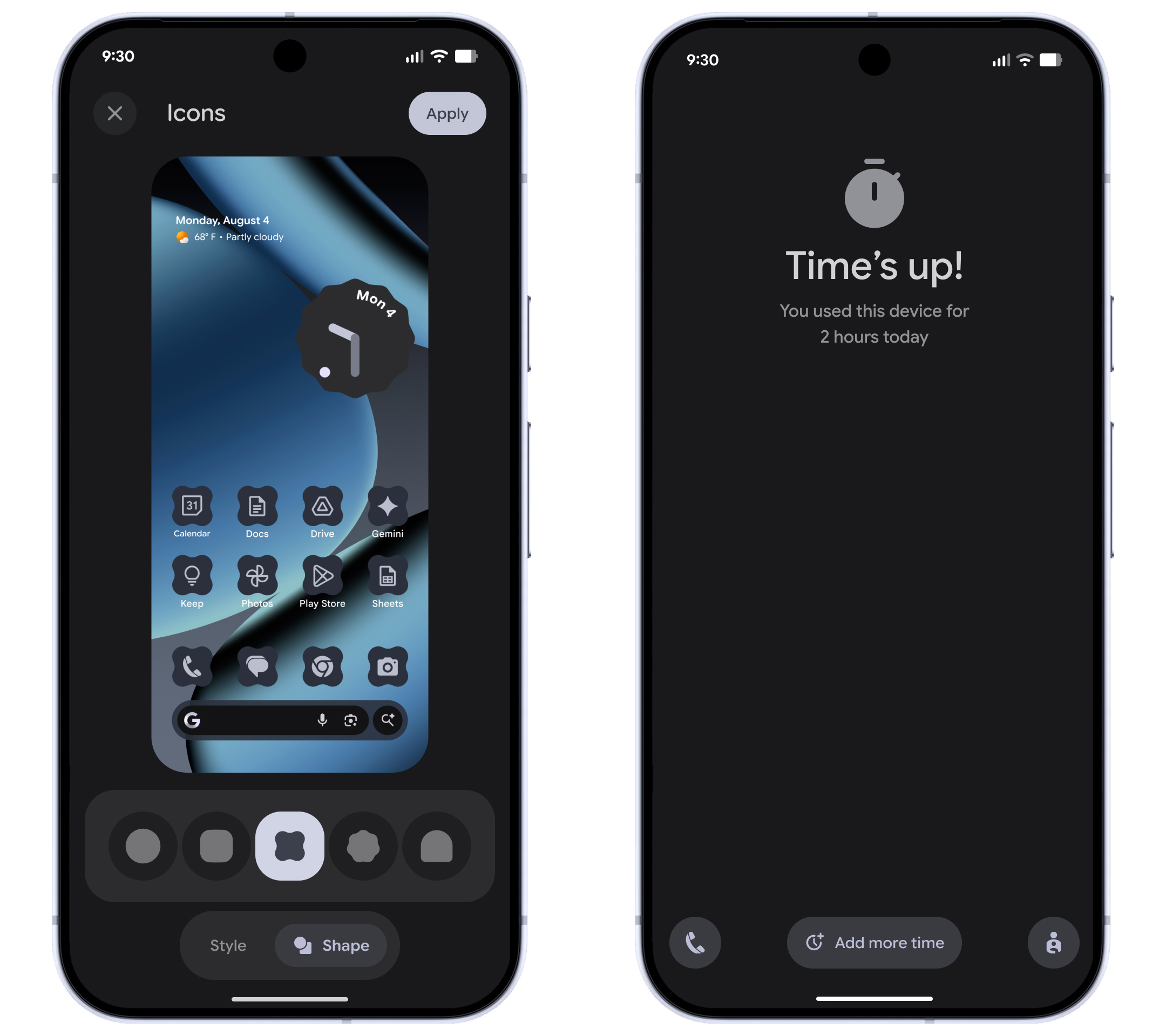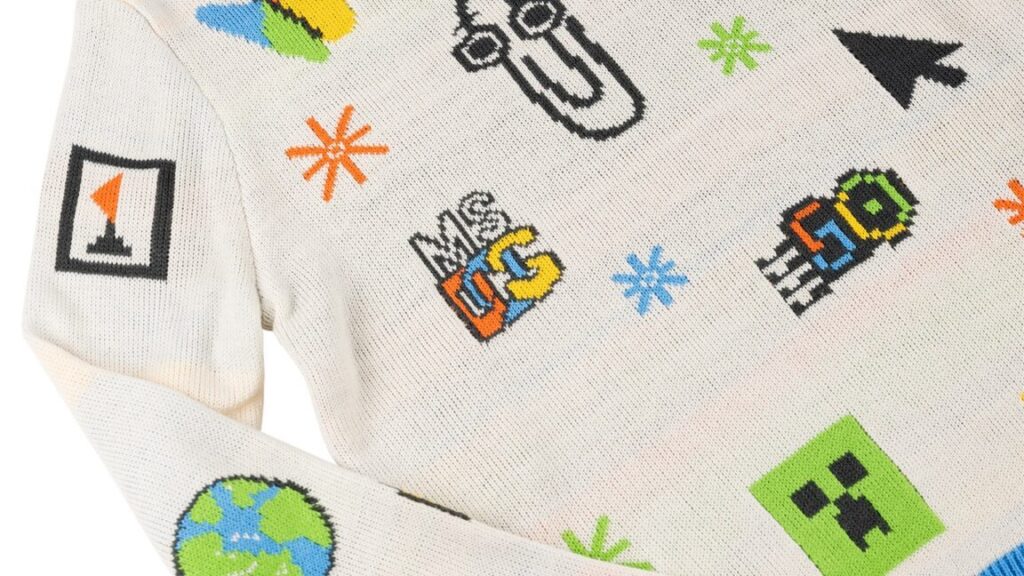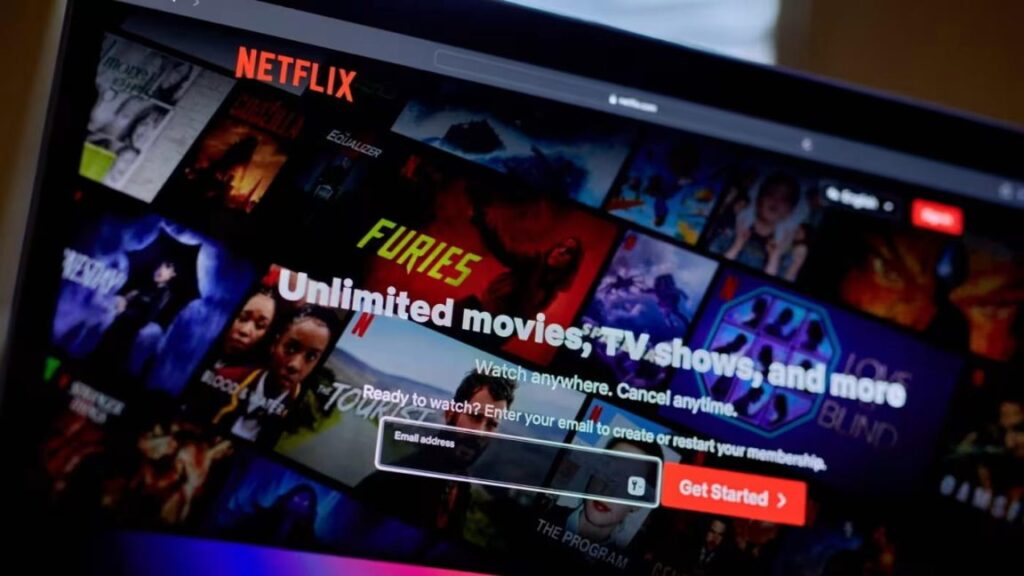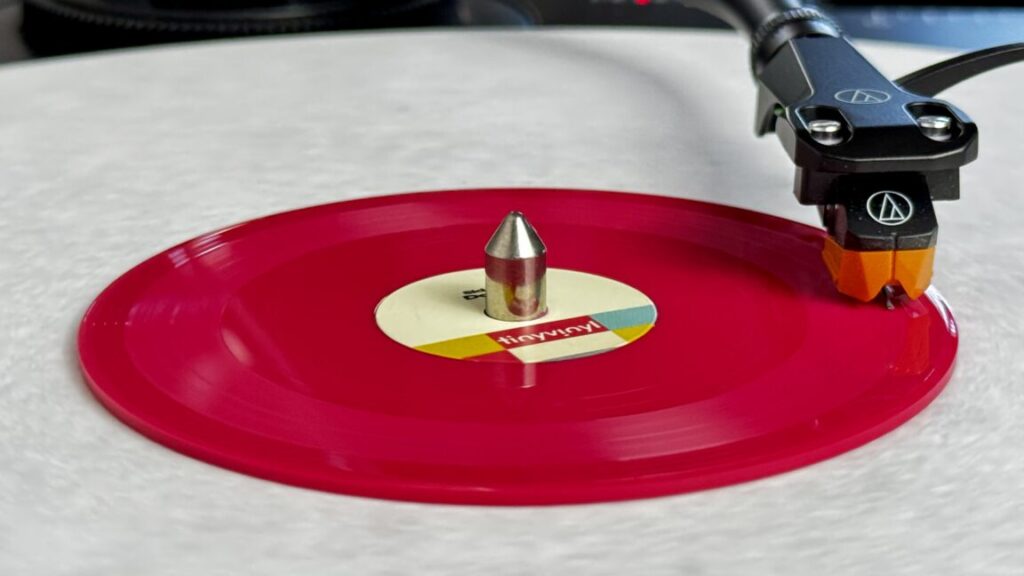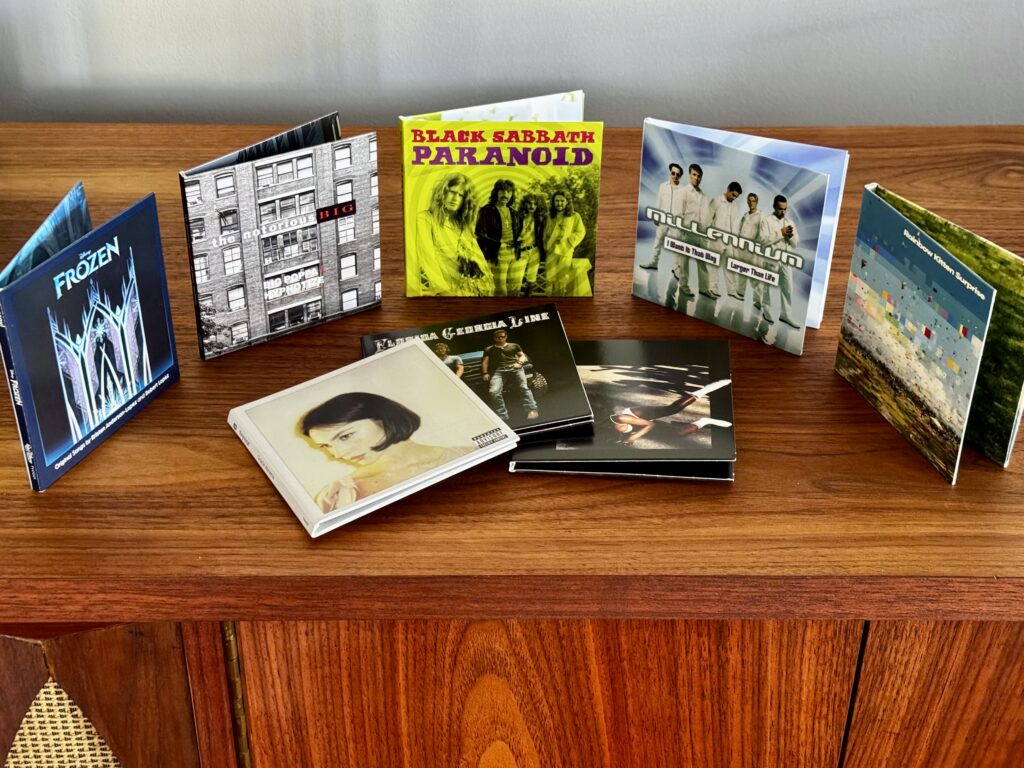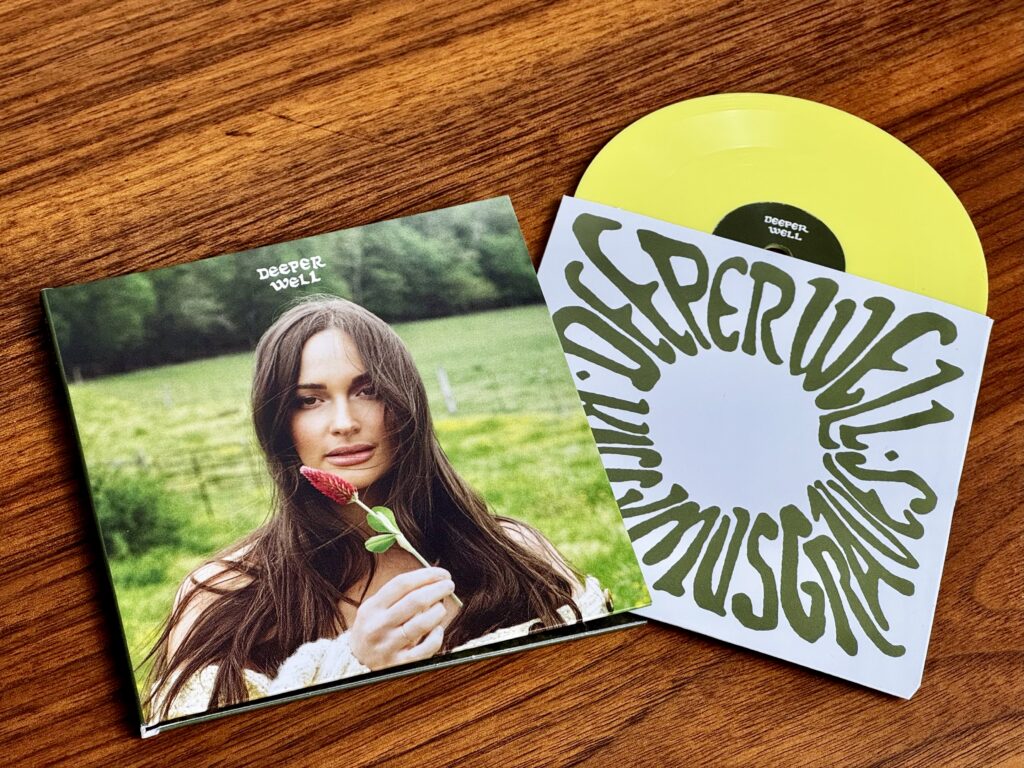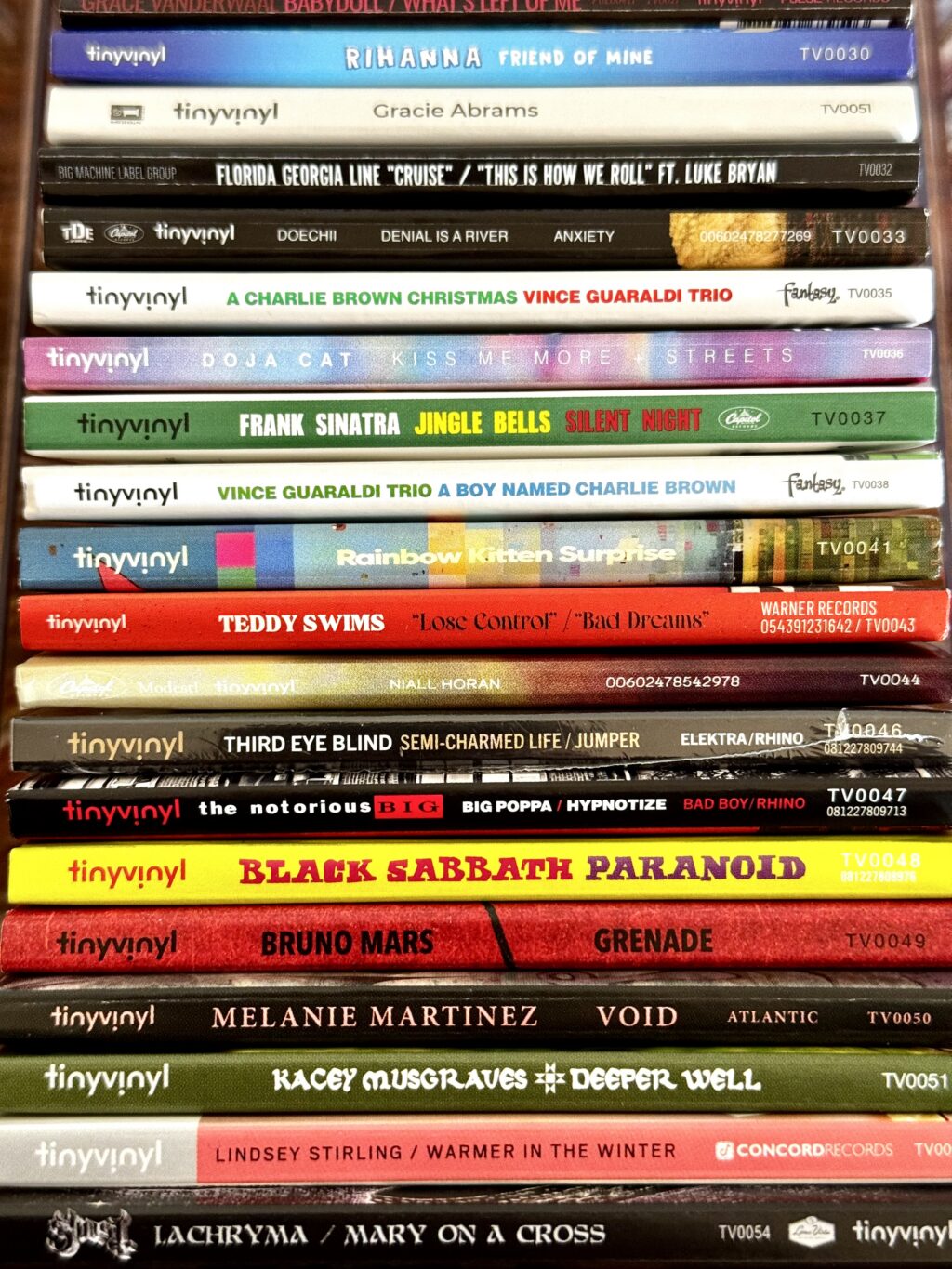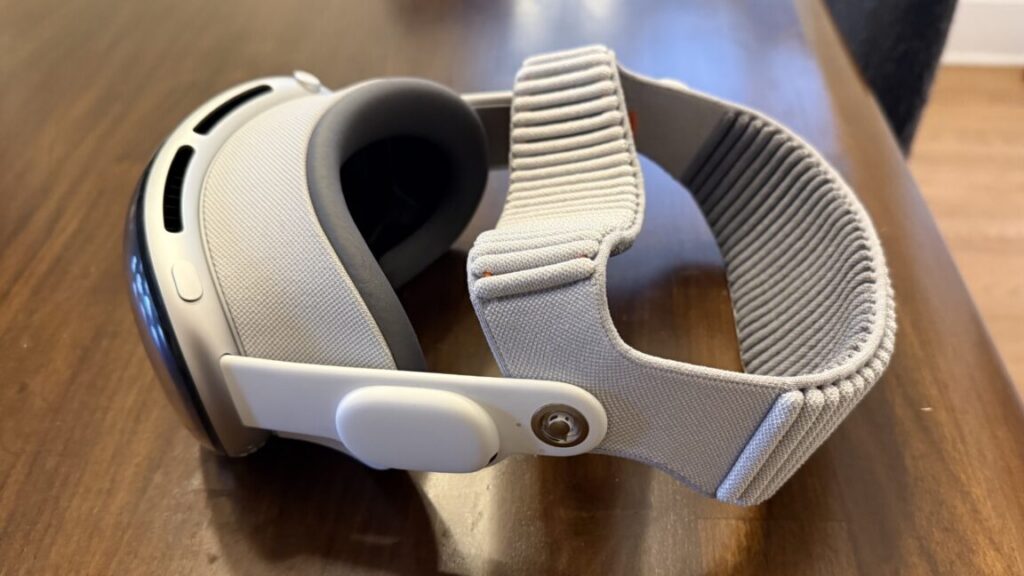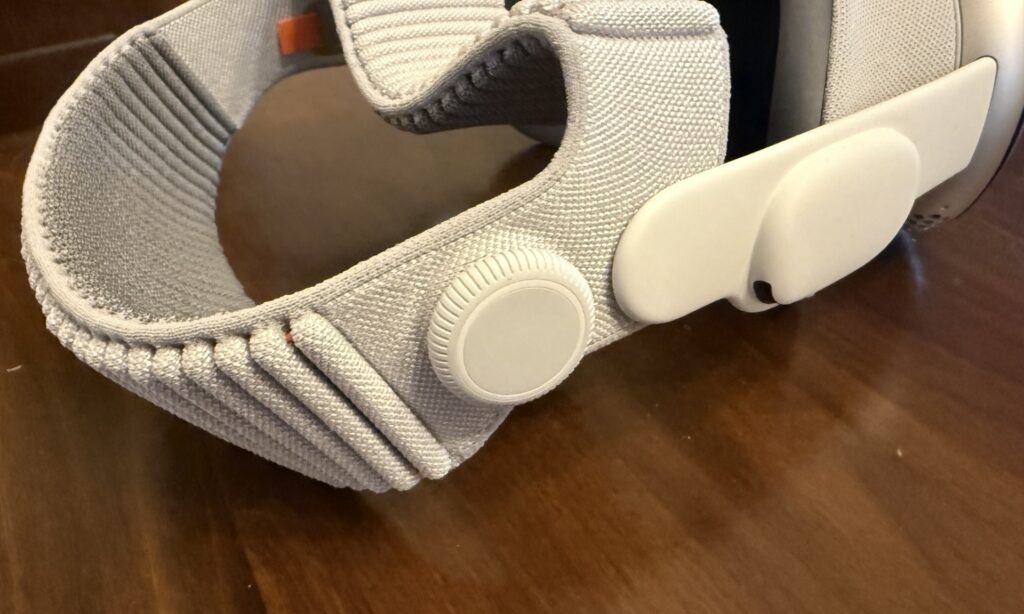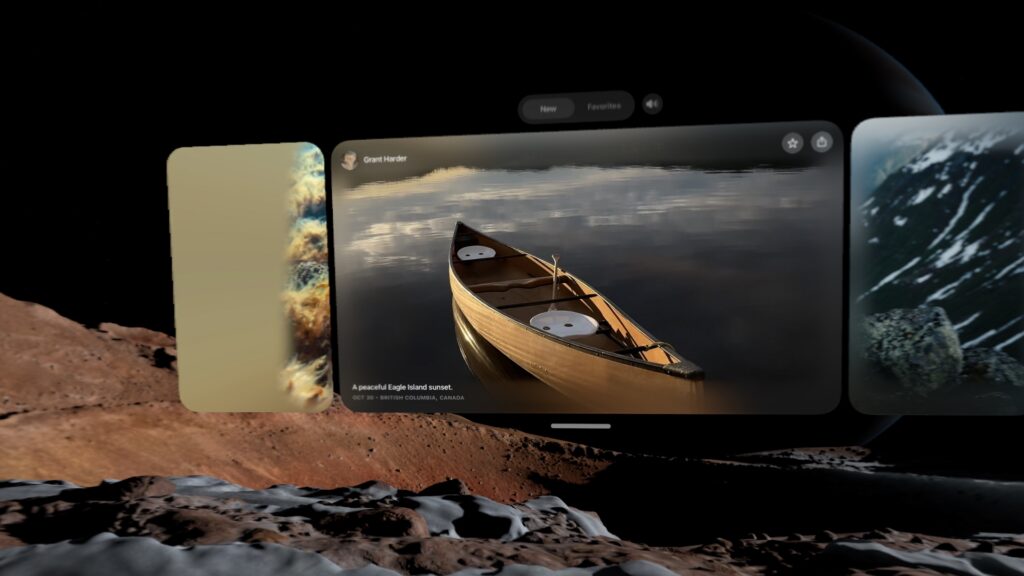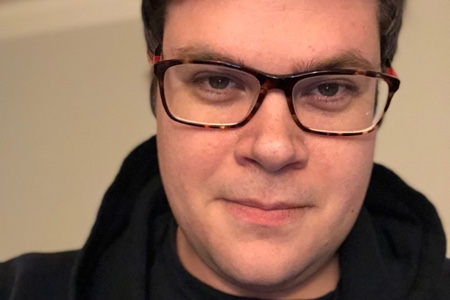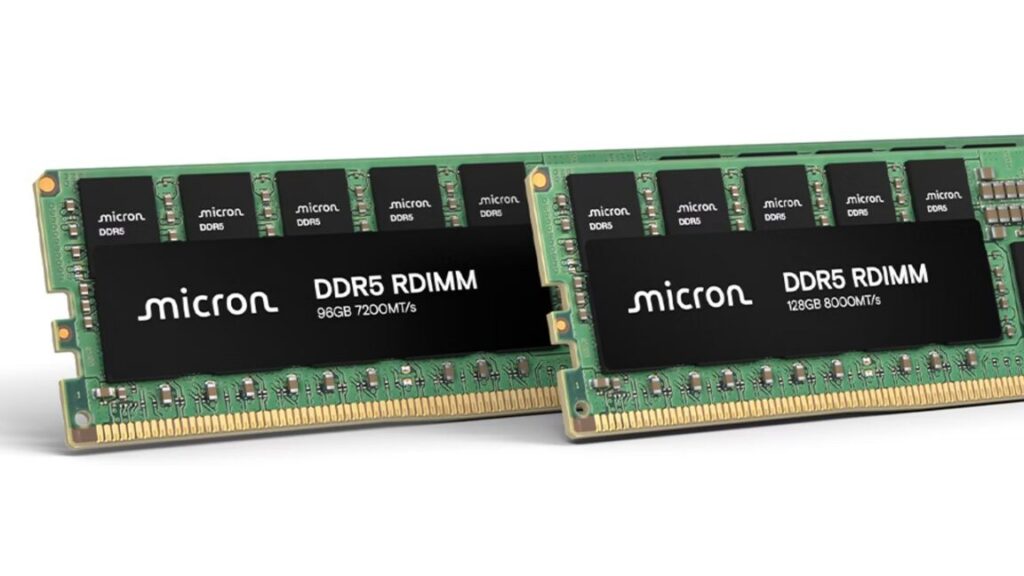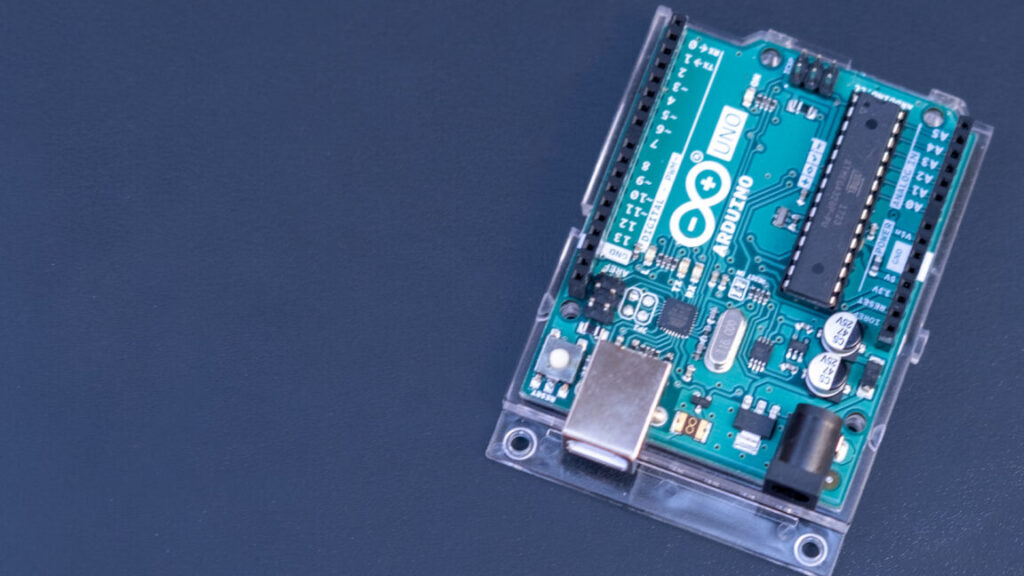Mad Men’s 4K debut botched by HBO Max streaming episode with visible crewmembers
Streaming services have a way of reviving love for old shows, and HBO Max is looking to entice old and new fans with this month’s addition of Mad Men. Instead, viewers have been laughing at the problems with the show’s 4K premiere.
Mad Men ran on the AMC channel for seven seasons from 2007 to 2015. The show had a vintage aesthetic, depicting the 1960s advertising industry in New York City.
Last month, HBO Max announced it would modernize the show by debuting a 4K version. The show originally aired in SD and HD resolutions and had not been previously made available in 4K through other means, such as Blu-ray.
However, viewers were quick to spot problems with HBO Max’s 4K Mad Men stream, the most egregious being visible crew members in the background of a scene.
The episode was “Red in the Face” (Season 1, Episode 7), which was reportedly mislabeled. In it, Roger Sterling (John Slattery) throws up oysters. In the 4K version that was streaming on HBO Max, viewers could see someone pumping a vomit hose to make the fake puke flow.
Mad Men’s 4K debut botched by HBO Max streaming episode with visible crewmembers Read More »


